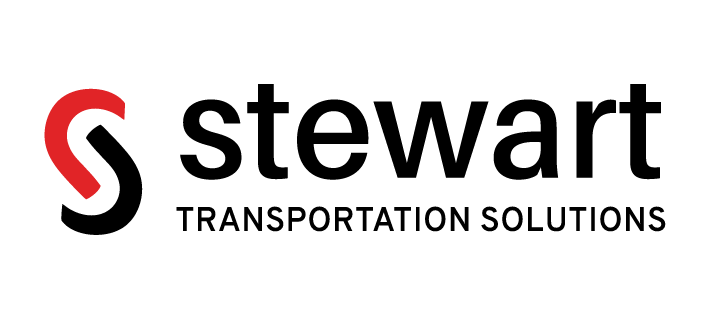By Liz DeJesus, Marketing Manager
I know, Part 1 was such a nail-biter that you’ve been waiting with bated breath for part 2! (Don’t worry, if you did happen to miss it, make sure you check out Part 1.) I’m not one to disappoint so let’s get back to the good stuff!
Audience & Messaging
Before you and your design team dive into the technical elements, the color schemes, the layouts, etc., it’s your responsibility to know who your audience is and what you want them to know about your company. We recommend setting aside about 3-4 hours one day for a brainstorming session. Use this time dissect your current website, create idea boards and start thinking about your messaging priorities. Some questions you may want to consider:
- What do competitor websites look like? How can you be different?
- What is the first thing you want and don’t want visitors to think when they land on your homepage?
- What are some pain points for your target audience? How can you identify those challenges and highlight your solutions?
- Does your audience primarily use desktops or mobile devices? How do you want your website to behave on mobile devices?
- Is your company’s service or product easy to understand? Do you often get confused with other types of businesses? (People always think we’re a bus company!)
- How can your website and social media efforts enhance your web presence and your value to your audience?
This will help you prioritize content and navigation and will pay you back in dividends during the design process.
Show Me the Money
A good website design isn’t going to be cheap. This is a fact. That being said, there are things you can do to keep costs down and stay on budget. Make sure you understand how your design company charges. (Most charge by the hour) Make a point to periodically request breakdown of the hours you have used and the hours you have left. Your website company should be open with you about your hours and be willing to answer any questions. Empower yourself with this information so that you don’t get halfway through the process only to discover that you’ve used 90% of your hours. That spells O-V-E-R B-U-D-G-E-T.
Images and More Images
Perhaps one of the most tedious tasks associated with our web design process was sorting and organizing our thousands of images. We had images saved on just about every imaginable format – hard drives, phones, the cloud, discs, tablets, USBs and even the archaic medium known as…FILM! Nothing was organized.
You will need to have a pretty decent stash of high resolution images for your website. Sure, you can buy stock images but that’s so boring! Don’t be boring. And trust us, if you’re thinking about expanding your marketing efforts at all, you should get in the habit of meticulously organizing your company photos. It’s just a smart idea.
Copy
The holy trinity of website design might be: functionality, aesthetic and good COPY. Your copy is your voice. It is how visitors will come to know you. It is how they will finalize their impression of your company. It should be informative, yet interesting. After all, what’s the point of spending hours writing website copy if no one will actually read it?!
We decided to write our own website copy because it’s cheaper AND our old website already had a BUSLOAD [pun intended] of great copy that we were able to use as a starting point. In fact, we had so much copy that we spent a significant amount of time cutting it down.
It’s actually really difficult to start writing copy until you have an almost-ready-for-development website design. When you see the different sections and layouts, it really helps you understand how much and what type of copy you will need.
[Warning] At times, writing your own website copy can bring about feelings of insanity. We suggest surrounding yourself with funny coworkers, soft lighting, snacks and wine (after 5:00 pm, of course) throughout the process!
Hold or Fold
Like most things in life, it’s important to know when to hold and when to fold. You know your company better than anyone. Remember that. There will probably be some things that your design company thinks are irrelevant. They may suggest you scrap some copy or certain design elements. Weigh those suggestions with your own insight and respond accordingly. Sometimes you will need to let go, but sometimes you need to stick to your guns. A good design company will support your decisions.
Conclusion
No matter how amazing your website design company is, the entire process is incredibly exhausting. If you can accept this going in, you can mentally prepare yourself, your coworkers, your husband, your children, your dog….just kidding! But just because it is exhausting, doesn’t mean it can’t be fun. Go into the process with a positive attitude, the right team to help you through it and an amazing website company to keep you going.
All of the hard work will pay off and you will end up with a finished product that you and your staff can be proud of. After all, owning and/or working for a small business is by its very nature a labor of love, why would designing the perfect website for your small business be any different?











